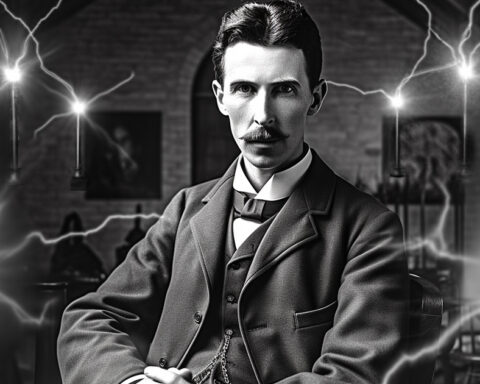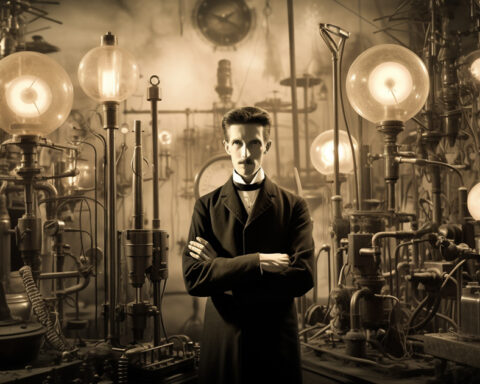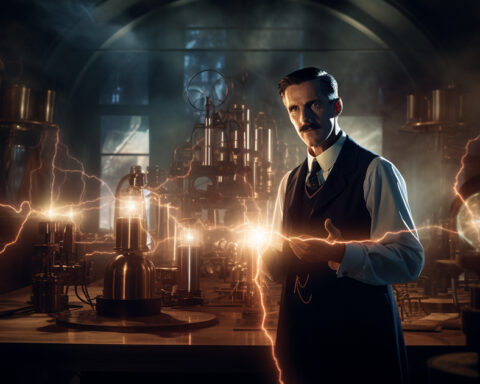Introduction
Engineer and inventor Nikola Tesla played a key role in the creation of contemporary electrical systems, such as alternating current (AC), radio, and wireless technology. Tesla’s scientific achievements have made him well-known, but many people are still curious about his private life. Tesla had a strong affection for pigeons, among other oddities and eccentricities. This article explores Tesla’s special bond with these birds and the influence they had on his creative process.
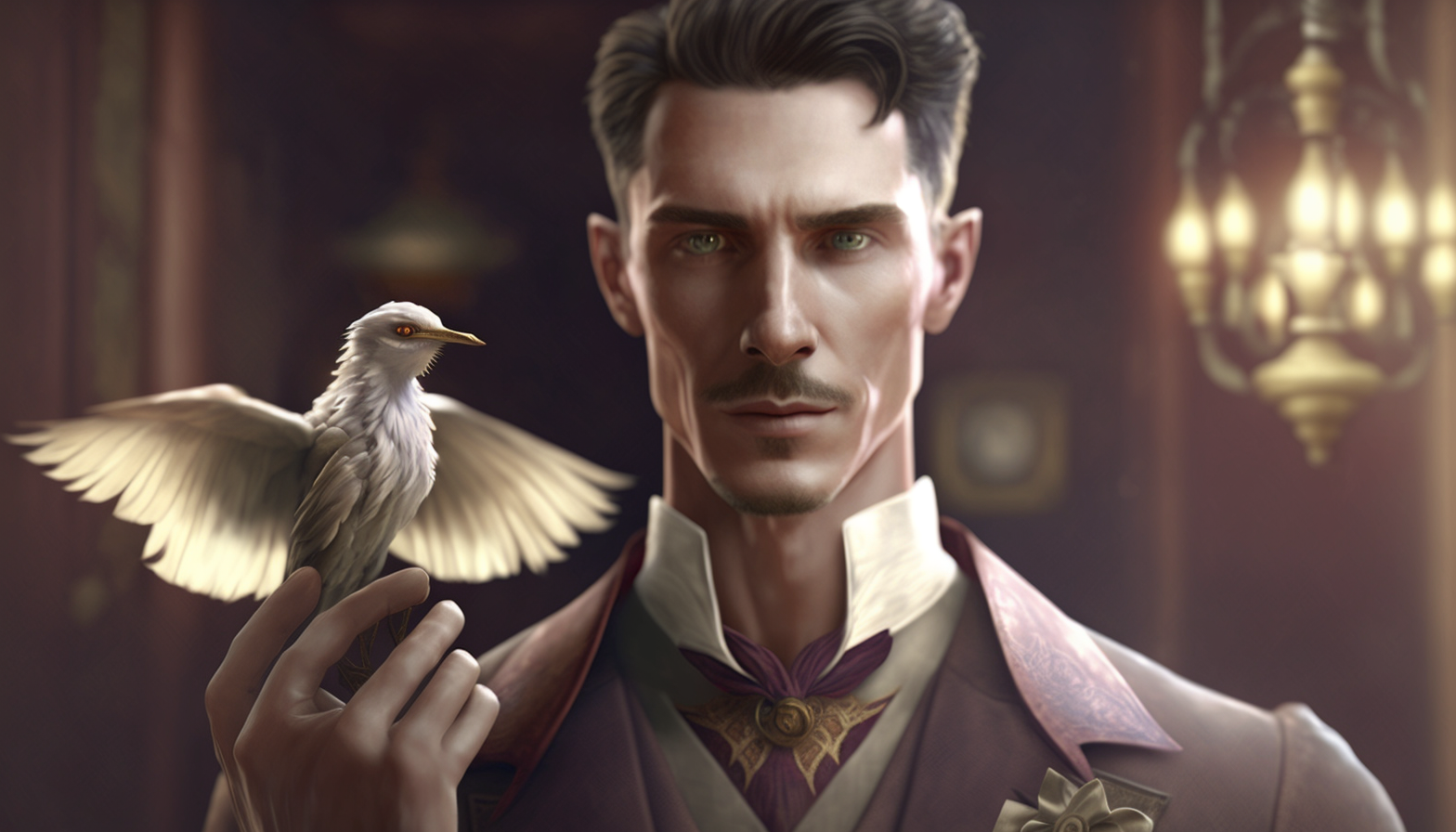
The Pigeon Sanctuary
Tesla’s childhood in contemporary Croatia was the beginning of his fascination with pigeons. He continued to look after these creatures all his life, thinking of them as his friends. Tesla developed a stronger bond with pigeons after relocating to New York City in the late 1800s. Tesla frequented parks in Manhattan, including Madison Square Park and Bryant Park, to feed the neighborhood pigeons. These birds became so accustomed to him that they could recognize him from a distance and swarm to him as he got closer.
Tesla’s love for pigeons extended beyond the parks. He created temporary pigeon sanctuaries on the windowsills of his hotel rooms and laboratories. Hours would pass as Tesla fed the pigeons, watched their behavior, and even helped the injured birds recover. He would frequently take the sickest pigeons to his room and tend to them himself, buying supplies and medicine with his own money.
Black Pigeon
One particular white pigeon stood out among the thousands of pigeons Tesla saw in his lifetime. Tesla described this bird as having “gray tips on its wings” and “serene” quality. The white pigeon would follow Tesla from his window to the park and back, and he claimed that he could tell it apart from other birds by the intensity of their gaze.
Tesla’s relationship with this white pigeon went beyond simple companionship. He insisted that the bird gave him inspiration and that it had even come to him just before making a significant discovery. Tesla developed such a strong bond with the bird that he wouldn’t allow anyone else to feed or pet it.
The Last Visit of The White Pigeon
One fateful night, the white pigeon appeared at Tesla’s hotel window, looking weak and injured. The creator attempted to revive the bird by bringing it inside, but despite his best efforts, the pigeon died in his arms. Later, when he recalled the incident, Tesla claimed that the pigeon’s eyes shone brightly just before it passed away, which he later described as a sign that he had lost a piece of himself.
The Effect of Pigeons on Tesla’s Emotions
Tesla was deeply affected by the passing of his cherished white pigeon. It is said that following this incident, his behavior changed and he became even more reclusive and introverted. He became even more attached to pigeons as a result of the incident, and he took care of them right up until the end of his life.
Tesla’s financial situation suffered as a result of his love of pigeons. He insisted on buying food and medicine for the birds even as his money was running low, frequently taking on debt to do so. His living space would be stuffed with bags of birdseed, showing the hotel staff his unwavering devotion to the animals.
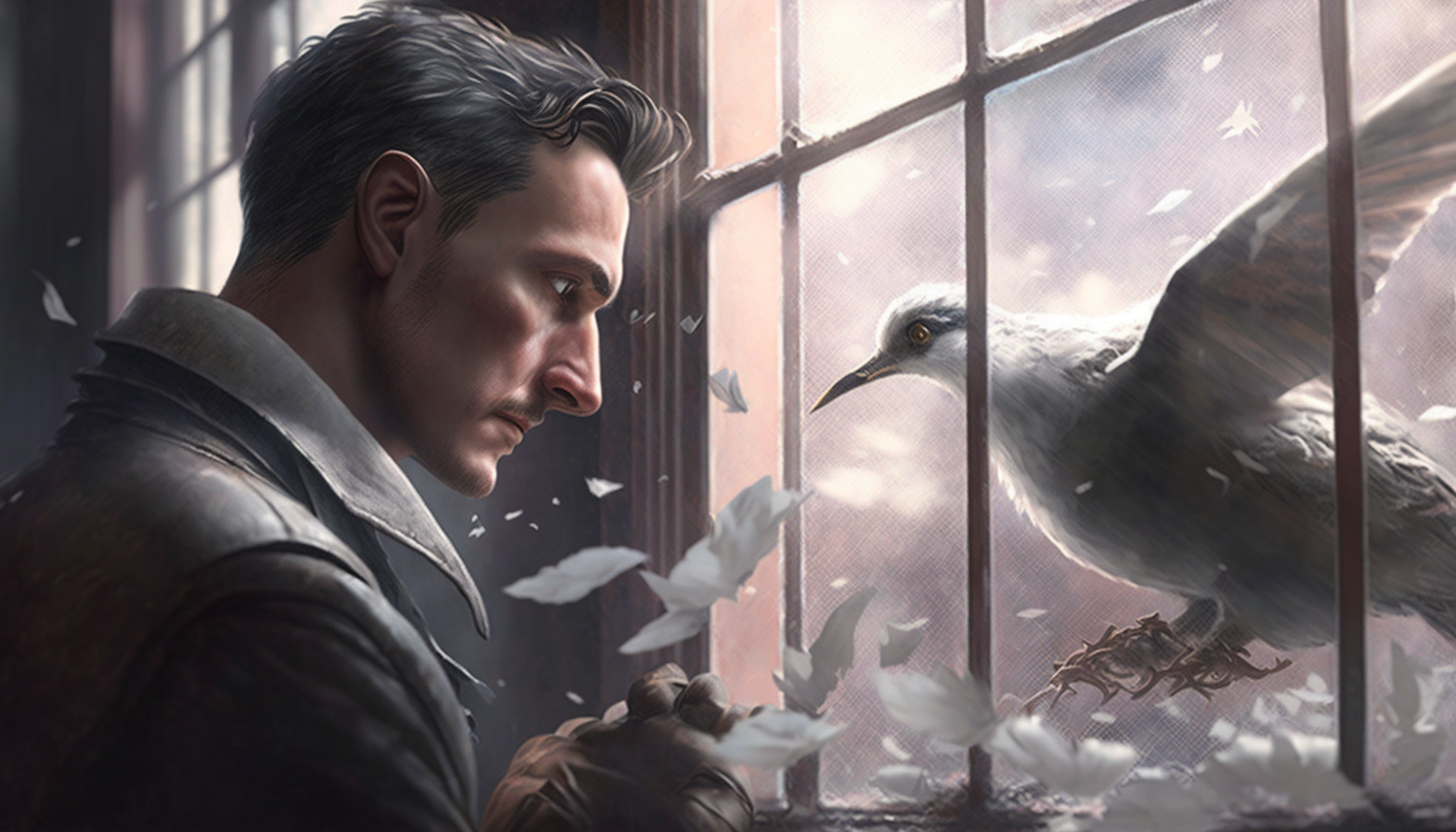
Pigeons as an Inspirational Source
Both an intellectual and an emotional passion drove Tesla’s love of pigeons. He thought that watching the birds fly taught him about aerodynamics and electromagnetism. Tesla claimed that the pigeons helped him understand the fundamentals of wireless communication and energy transmission and that they even served as the inspiration for some of his most important discoveries and inventions.
Tesla not only observed the pigeons’ flight patterns but also looked into their navigational skills. Their homing instincts, which allowed them to fly great distances and return to their nests with amazing accuracy, captivated him. Due to his fascination with pigeon navigation, Nikola Tesla investigated the ideas of frequency and resonance, which he later applied to his work on wireless technology.
Pigeons in Tesla’s Life as a Symbol
Pigeons weren’t just a personal obsession for Tesla; they also stood for a number of significant themes in his life. First of all, they represented liberty and the limitless potential of human ingenuity. Pigeons served as a metaphor for Tesla’s aspirations to transcend the constraints of his time and revolutionize the world through his inventions because they are birds that can fly and navigate complicated environments.
Second, the pigeons provided Tesla with comfort and company during his frequently lonely life. The pigeons gave Tesla a sense of comfort and understanding that he was unable to find in other people because he was a highly introverted person who found it difficult to establish meaningful connections with others.
Lastly, the pigeons represented Tesla’s connection to nature and the importance of maintaining harmony between technological advancements and the natural world. Tesla frequently emphasized the need for humans to create environmentally conscious technologies in his writings and interviews, and his affection for pigeons served as a reminder of the fine line that must be drawn between human advancement and the preservation of nature.
Pigeon-loving Tesla’s legacy
Tesla’s obsession with pigeons may have seemed eccentric, but it had a profound impact on his life, work, and philosophy. It demonstrates the depth of his relationship with nature and reveals his distinct viewpoint on how science, technology, and the environment are related.
Today, Tesla’s love of pigeons serves as a poignant reminder that even the brightest minds can draw comfort and inspiration from the most basic creatures. It also emphasizes how crucial it is to preserve our relationships with nature, as doing so can both enrich our personal lives and inspire ground-breaking discoveries that will benefit all of humanity.
Conclusion
The fascination with pigeons that Nikola Tesla had provided a fascinating look into the mind of one of history’s most important inventors. He felt a strong bond with these birds that went beyond simple companionship and became a symbol of his broader philosophical outlook as well as a source of inspiration and solace. While Tesla is best known for his groundbreaking work in electrical engineering and wireless communication, his passion for pigeons is an essential aspect of his life that reminds us of the profound impact that even the humblest of creatures can have on the human imagination and our capacity for innovation.


